By Hannah Nziokari Katuku
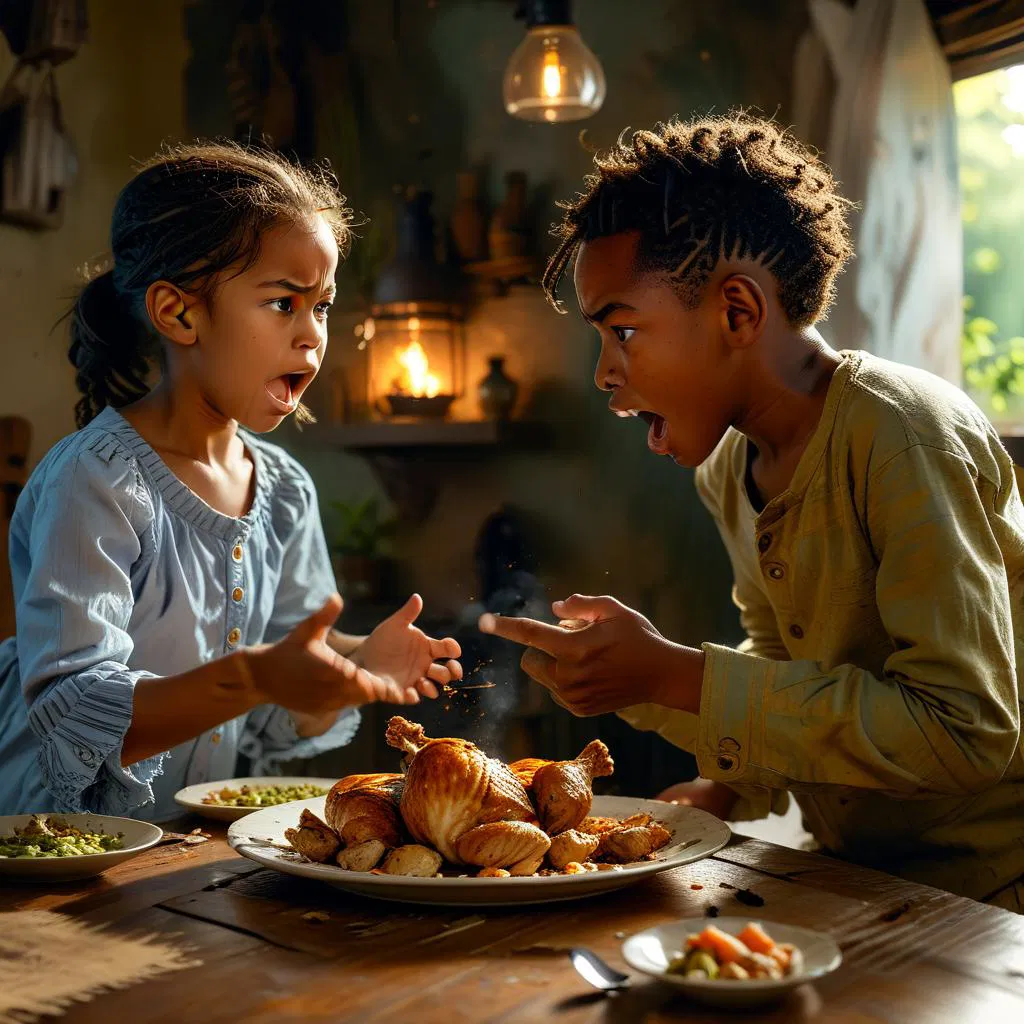
Growing up, my brother and I used to quarrel over the most trivial things, particularly over who would get the bigger piece of chicken during our family dinners. Each week, without fail, this little battle played out until one day my mother decided to end the feud in an unexpected way. She bought not one but two cooked chickens, giving each of us a whole chicken of our own. The initial thrill quickly faded as we struggled to finish our meals. By the end of dinner, we both realized that sharing wasn’t just more practical; it was also much more enjoyable.
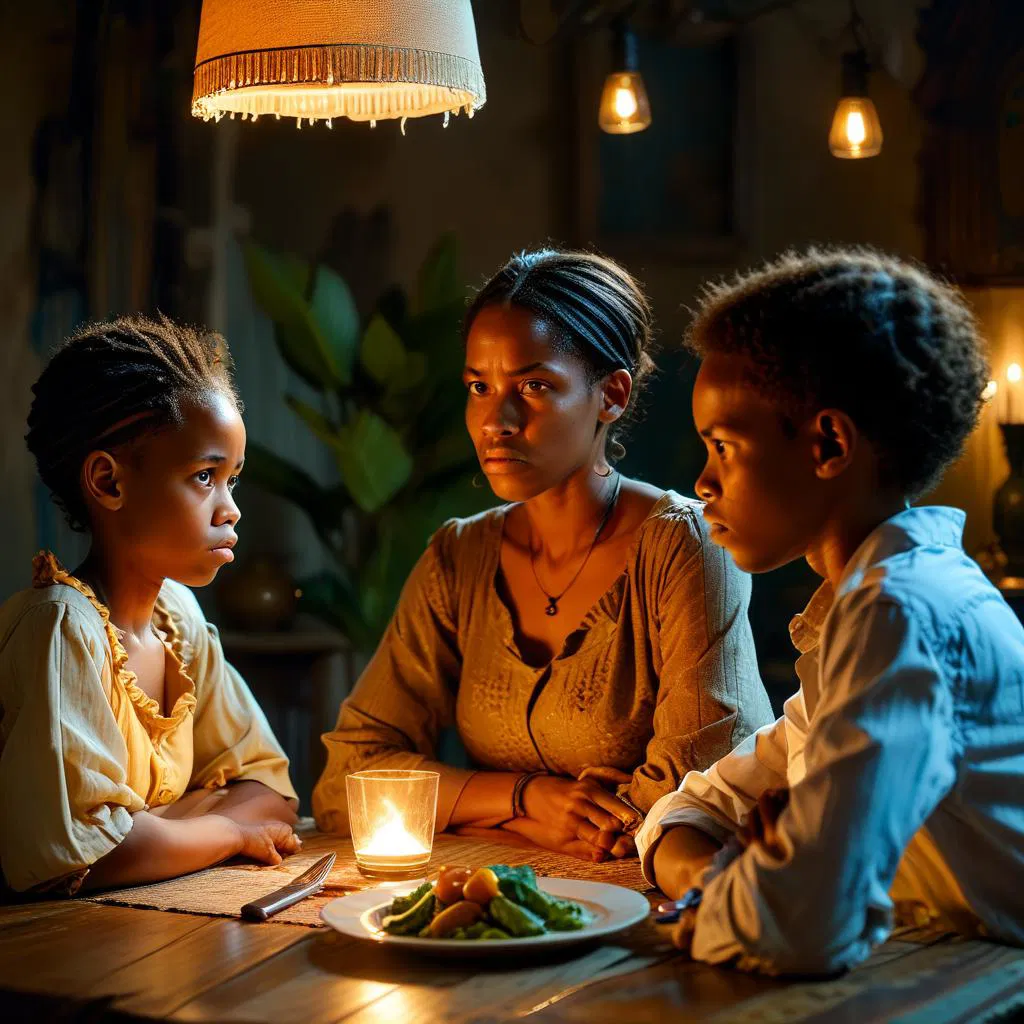
Looking back, this small act by my mother was a brilliant example of conflict resolution through shared understanding. By making us experience the costs of holding on to our individual demands, she helped us appreciate the value of compromise, illustrating the very foundation of alternative dispute resolution (ADR).
Mediation: Finding Common Ground
Mediation, at its heart, is about understanding each other’s needs. It goes beyond simple compromise by encouraging people to step back and consider the bigger picture. Mediation does not aim for victory over the other side but instead strives to create a solution that allows both parties to walk away feeling heard and respected. This process, just like that chicken dinner years back, helps people understand that digging in stubbornly doesn’t always serve anyone well in the end.
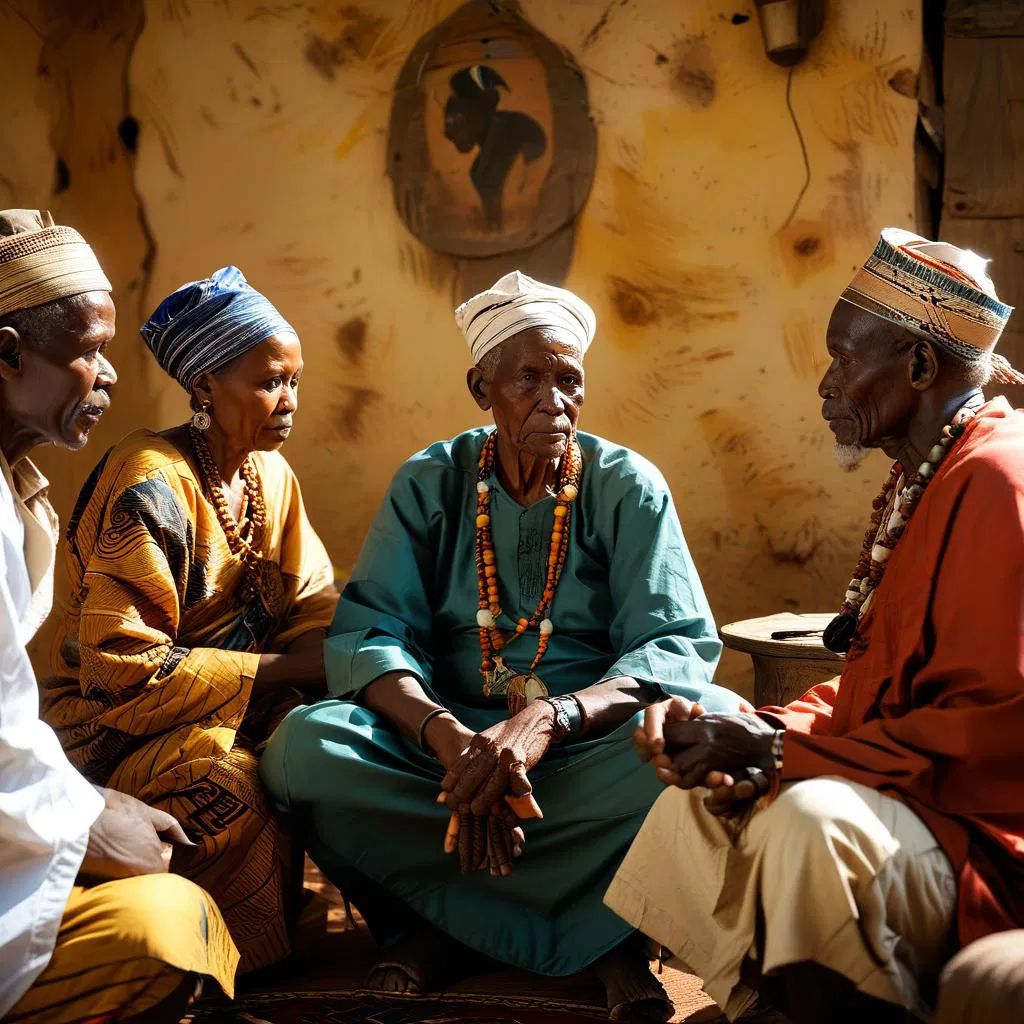
In Kenya, where cultural values often emphasize family and community, mediation is widely accepted as a fair and effective way to resolve conflicts. The traditional “baraza” model, which is a council of elders coming together to hear and resolve disputes, has long been a pillar of Kenyan communities. These gatherings reinforce values of listening, respecting different views, and prioritizing the well-being of the community. In this setting, people are reminded that resolving conflicts isn’t just about winning it is about harmony and building stronger relationships.
Costs of Holding On and the Power of Compromise
At that memorable dinner, my mother’s approach taught us that our fixation on having “the biggest piece” had a cost. We got what we thought we wanted, but it wasn’t satisfying at all. This mirrors the dynamic in many conflicts. People become so invested in their own stance, or so intent on winning, that they lose sight of the big picture, often ending up with an outcome that isn’t satisfying or practical.
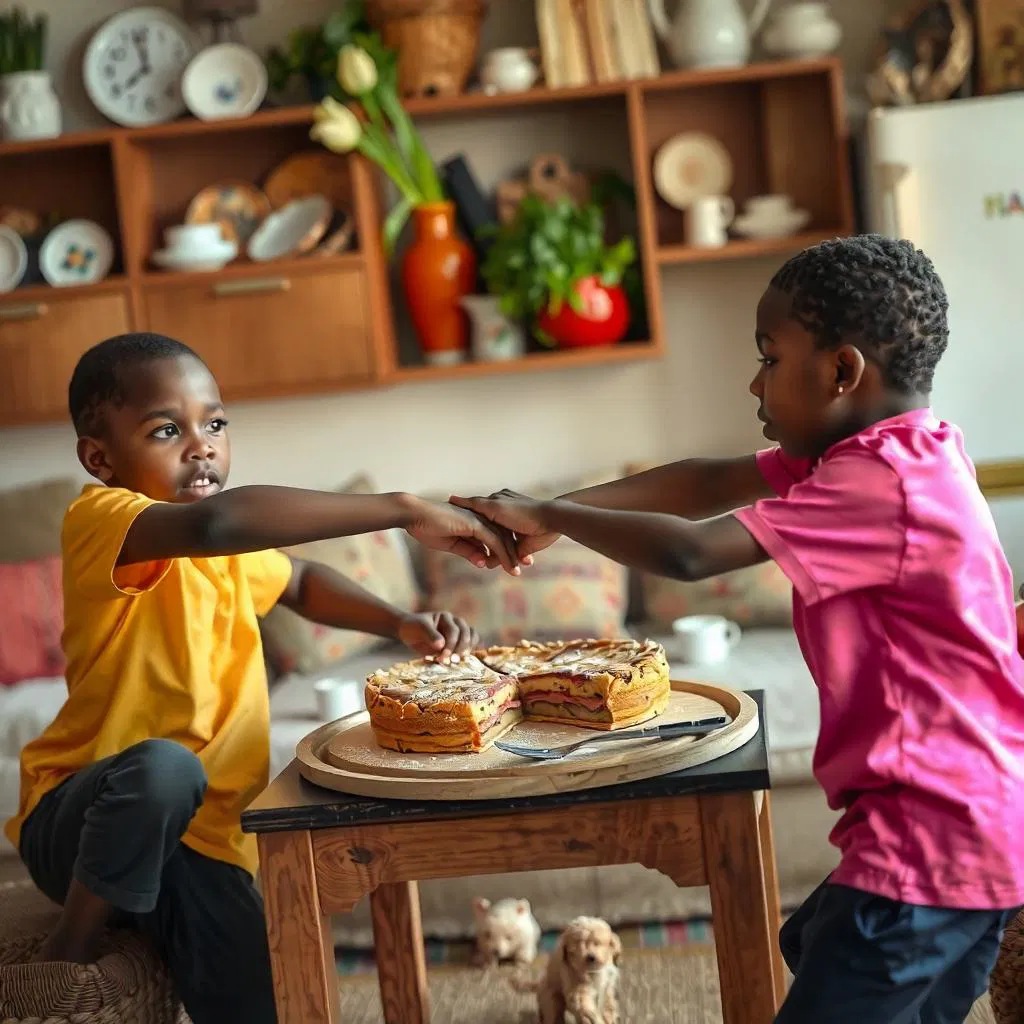
Mediation provides a neutral space for discussions; it allows disputants to see the downsides of their stubbornness. Just as my mother provided us with an unexpected solution to our quarrel, a mediator creates an environment where parties can reflect on their positions. This shift in perspective often leads to a willingness to find a solution that meets everyone’s needs.
The Role of Active Listening in Mediation
Active listening is a cornerstone of effective mediation. It serves as a vital tool in fostering understanding and collaboration among the parties. This practice involves fully concentrating, understanding, and responding thoughtfully to what is being said. It goes beyond merely hearing the words; it requires mediators and participants to engage with the emotions, needs, and perspectives underlying those words. Mediation presents the parties with a platform to engage actively, which can transform the dynamics of a conflict.
In the context of mediation, active listening plays several crucial roles. First, it helps build trust between the parties. When individuals feel heard and understood, they are more likely to open up and share their true concerns. This openness is essential for identifying the root causes of the conflict, which often lie beneath the surface.
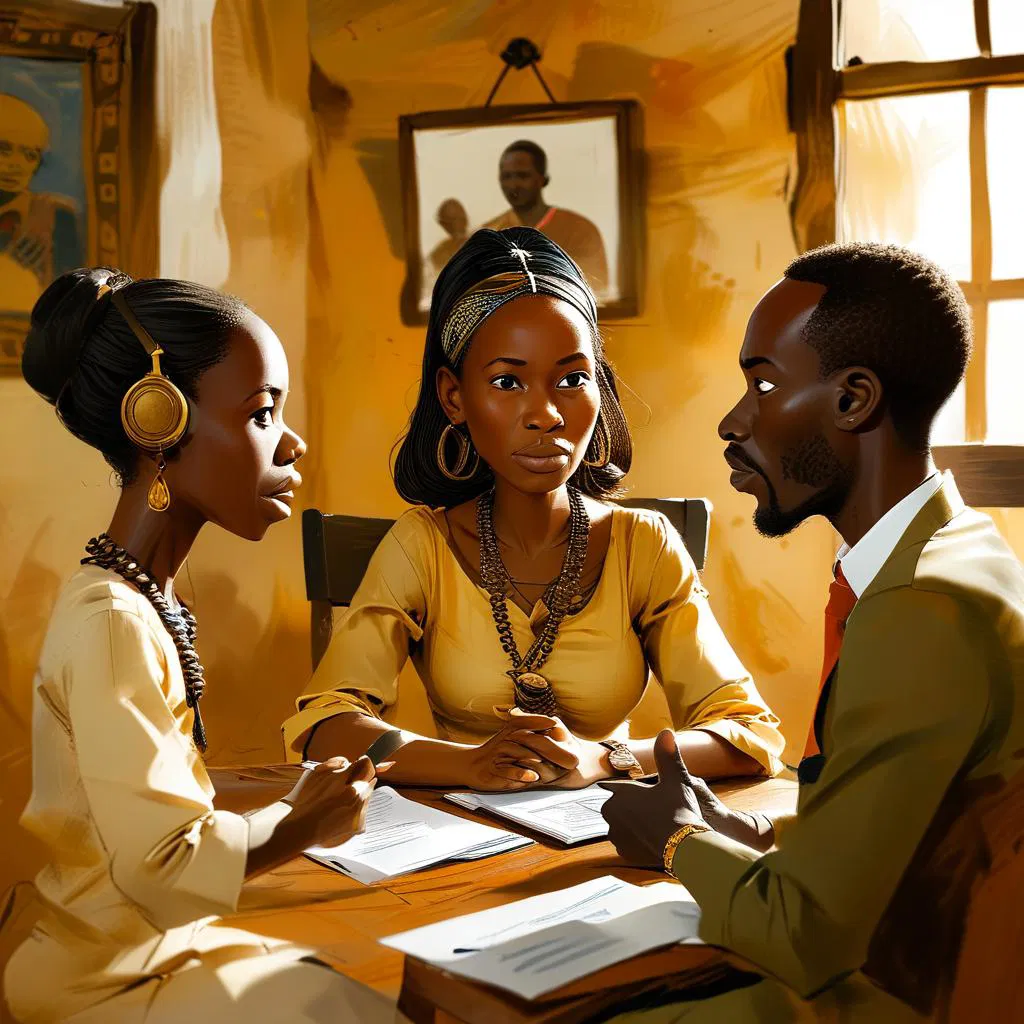
Secondly, active listening allows mediators to gather comprehensive information about the parties’ interests and needs. By attentively listening, mediators can recognize patterns in communication and identify common ground that may lead to a resolution. This understanding can facilitate the brainstorming of creative solutions that satisfy both parties, ultimately fostering a sense of ownership over the resolution process.
Moreso, active listening encourages empathy. When individuals practice listening with intention, they begin to appreciate the perspectives of others, which is crucial for conflict resolution. As each party feels acknowledged, it paves the way for collaborative problem-solving rather than adversarial confrontation. In this way, the art of active listening not only enhances the mediation process but also cultivates skills that can lead to more constructive interactions in all areas of life.
Kenya’s Cultural Connection to Mediation
Kenya has a unique relationship with mediation, which feels natural given our cultural history. Traditional conflict resolution practices in Kenya are built on the idea that we’re stronger when we come together, that each voice has value, and that disputes can be resolved in a way that respects everyone involved. The cultural principle of “harambee,” which means “pulling resources together,” perfectly captures the spirit of mediation. Rather than framing disputes as battles, mediation allows for a shared approach to problem-solving where everyone contributes to the solution.
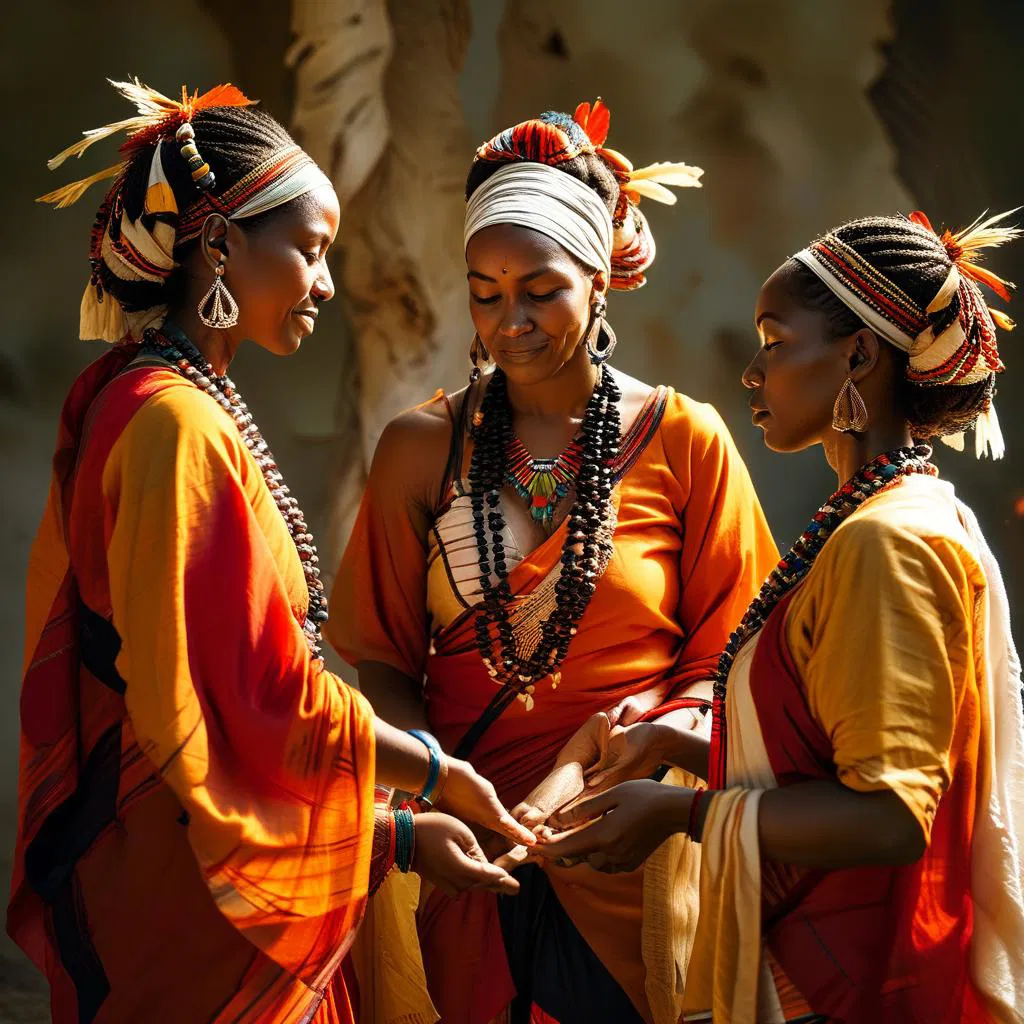
In Kenya, mediation is particularly effective in situations where preserving relationships is essential, such as family disputes, community issues, and even commercial disagreements. Through mediation, the parties work collaboratively, often alongside community elders or respected mediators, to reach a consensus. This approach doesn’t just settle disputes; it preserves the social fabric, fostering bonds rather than furthering divisions. In this way, mediation reflects Kenya’s deep-rooted values of respect, collaboration, and community, ensuring that the outcomes are both satisfying and sustainable.
Building Empathy and Perspective Through Mediation
One of the most remarkable aspects of mediation is its ability to foster empathy. By encouraging people to step into each other’s shoes, mediation transforms their perspective. My mother’s lesson wasn’t just about who got the chicken; it was about seeing beyond our own narrow desires. In mediation, disputants are encouraged to do exactly this: to move beyond their own perspective and consider how others are feeling. When people feel genuinely understood, they are often more open to compromise and to finding a resolution that honors the dignity of everyone involved.

This also reminds me of the concept of ubuntu, the idea that our humanity is connected, that “I am because we are.” Mediation emphasizes that disputes are opportunities to strengthen this interconnectedness. By resolving conflicts in a way that respects all parties, mediation strengthens communities, builds trust, and fosters a sense of unity. Rather than simply winning or losing, disputants learn to respect and even empathize with one another, setting aside differences for the greater good.
Moving Forward: Mediation as a Foundation for Peace
My mother’s two-chicken solution taught me that real satisfaction comes not from getting more but from understanding the power of compromise. Today, mediation provides a path forward in a world that often prioritizes competition over collaboration. Through mediation, we are reminded that disputes are not merely obstacles but opportunities to deepen understanding and build a more inclusive society.
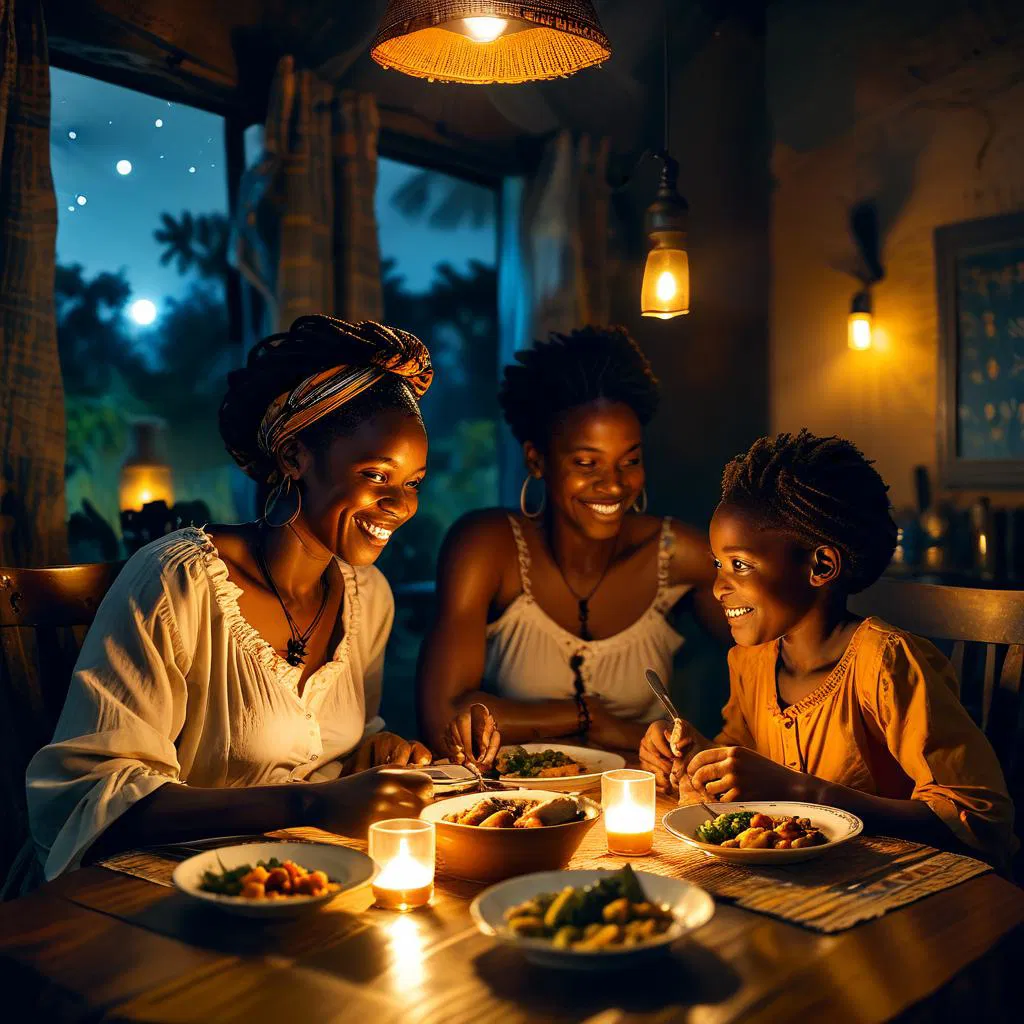
In Kenya, the rise of alternative dispute resolution methods like mediation is a testament to our cultural legacy and our commitment to peaceful dialogue. Mediation promotes a culture where disputes are seen not as battles to be won but as conversations that help us grow. By embracing the principles of mediation, we foster empathy, understanding, and resilience which are qualities that are essential for building a just, peaceful, and cohesive society.
As I reflect on my mother’s lesson from that memorable dinner, I’m reminded that the best solutions do not necessarily lie in having it all to ourselves but in finding joy in the shared experience of working together. Mediation does not just resolve conflicts, it strengthens our shared humanity, one conversation at a time.


